
Where does Stevia come from?
Stevia is a natural, calorie-free sweetener that has been used for centuries as a natural sugar substitute and flavouring. The sweetener of the same name is an extract from the leaves of the Stevia plant.
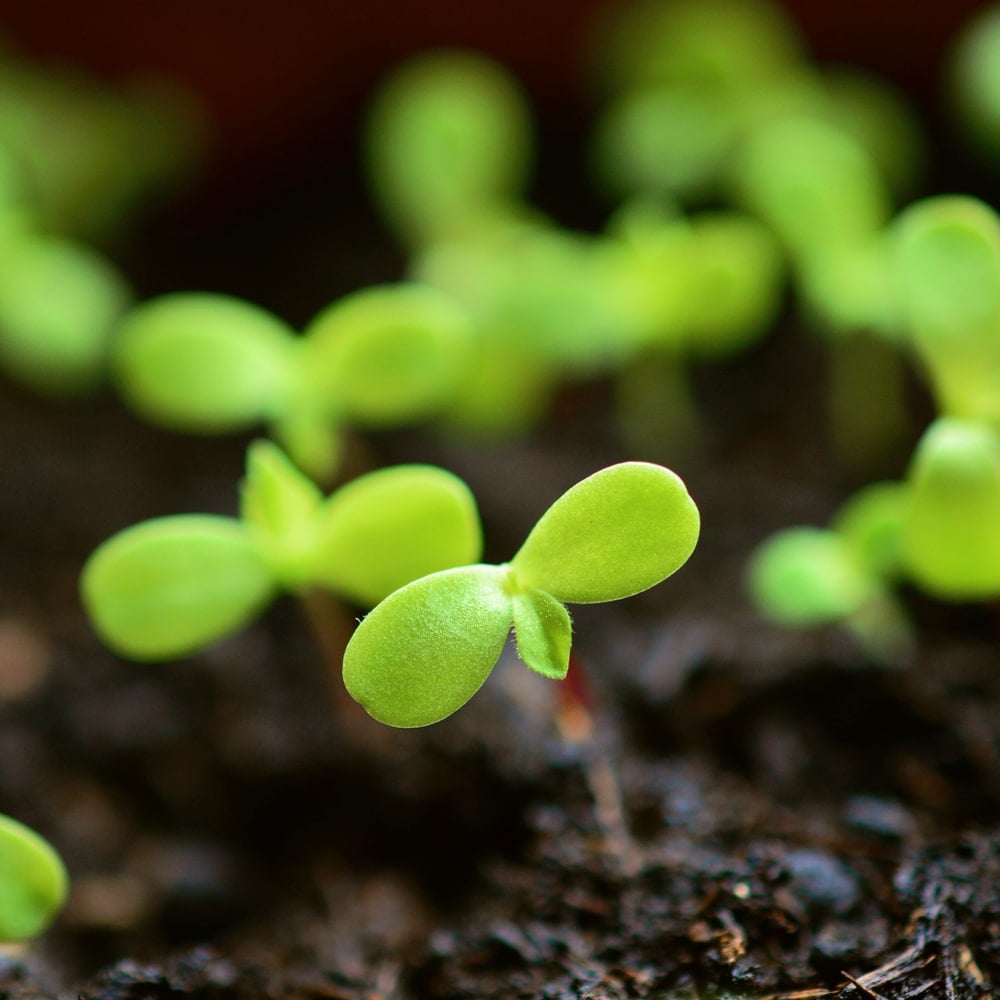
A young seedling of the Stevia plant.
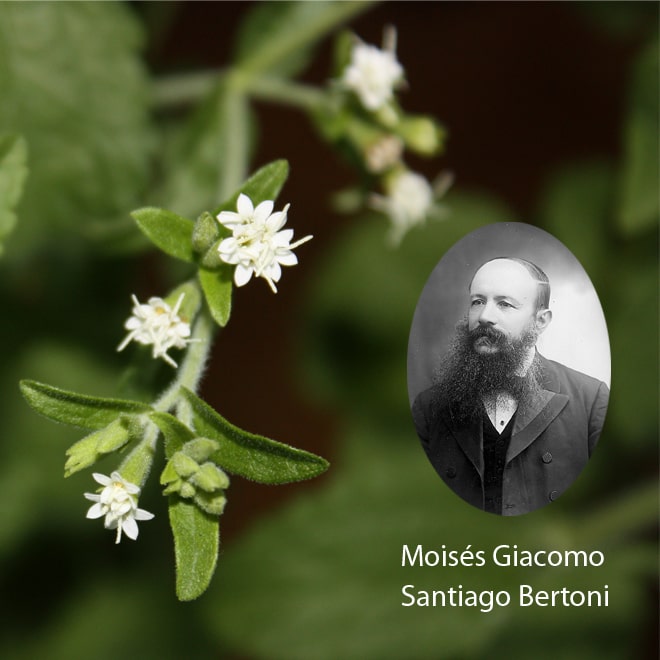
The Swiss botanist Moises Santiago Bertoni.
The origin of Stevia
Stevia originates from South America and has a centuries-old history as a sweetening plant. Traditionally, Stevia leaves were dried to sweeten maté and tea or chewed as a candy. In addition, Stevia has also been used as a medicine.
The Stevia plant was first classified as Eupatorium rebaudianum in 1899 in Paraguay by the Swiss botanist Moises Santiago Bertoni. It was renamed Stevia rebaudiana six years later. Like sunflowers, Stevia belongs to the so-called composite family (Compositae).
Stevia was first commercially marketed in Japan in the early 1970s. There, the natural sweetener now claims a large market share. Stevia is mainly grown in China, Kenya, Paraguay and the United States, but is also widely grown in many other regions of the world, including Argentina, Brazil, India, Colombia, Spain, Portugal and Vietnam.
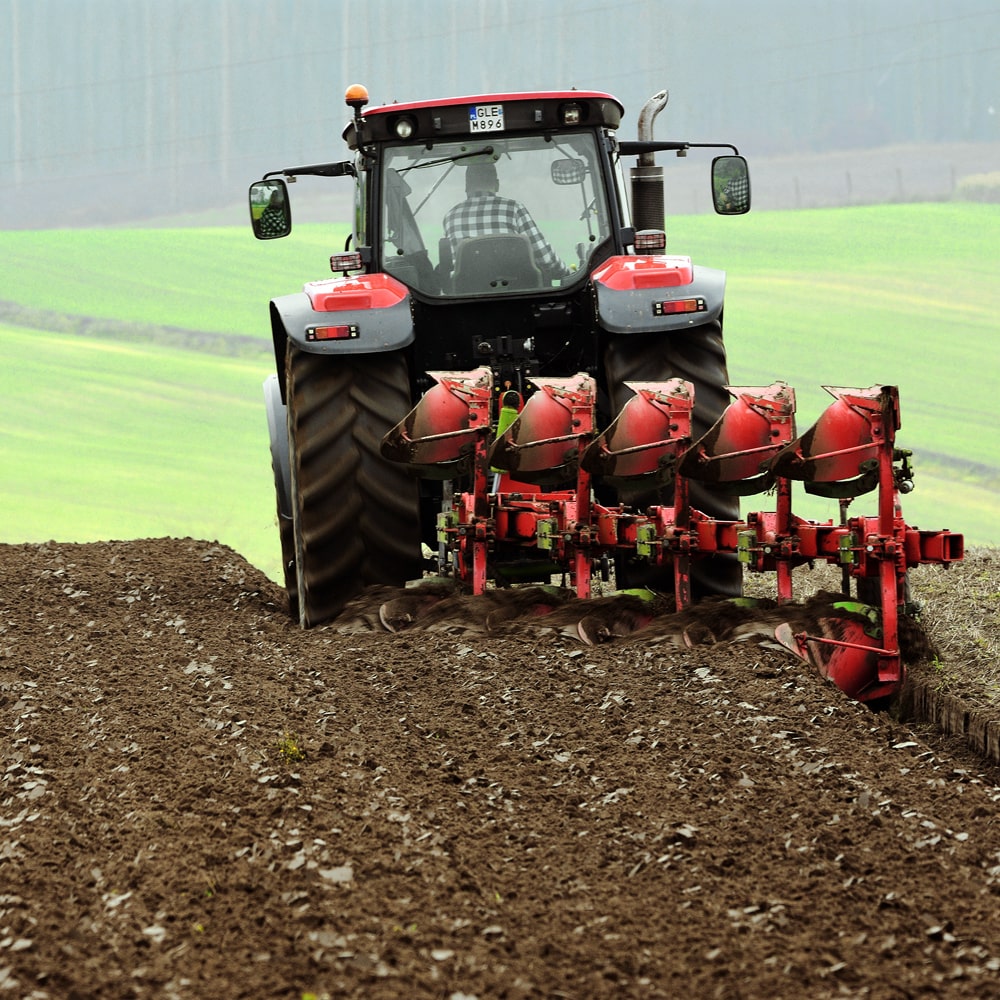
Stevia cultivation in Portugal and Spain.
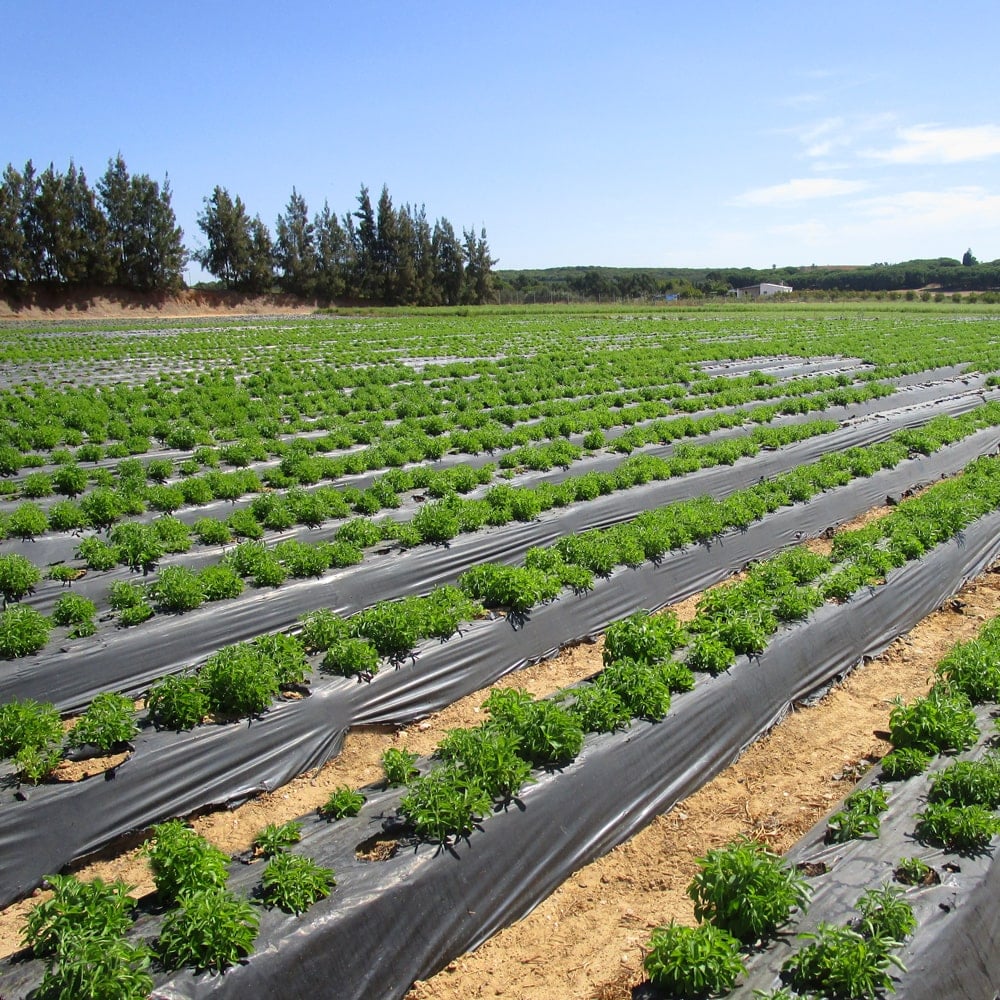
Young Stevia Plantation | Cultivation in Portugal.
The sweetness of Stevia
The sweet components of Stevia that are present in the leaves are called steviol glycosides. The leaves contain a large number of steviol glycosides, but eleven of them have the largest proportions. Each of the steviol glycosides has a unique taste and a different intensity of sweetness. The purified Stevia leaf extract may contain one or more different steviol glycosides, and its sweetness can be 450 times that of sugar.
The production of Stevia
The steps of the extraction process include crushing the leaves, extracting the components with water. Filtering and separating the liquid from the plant material, purifying the extract with food-grade water or alcohol follows. The next step is drying to finally produce an ultra-pure Stevia leaf extract.
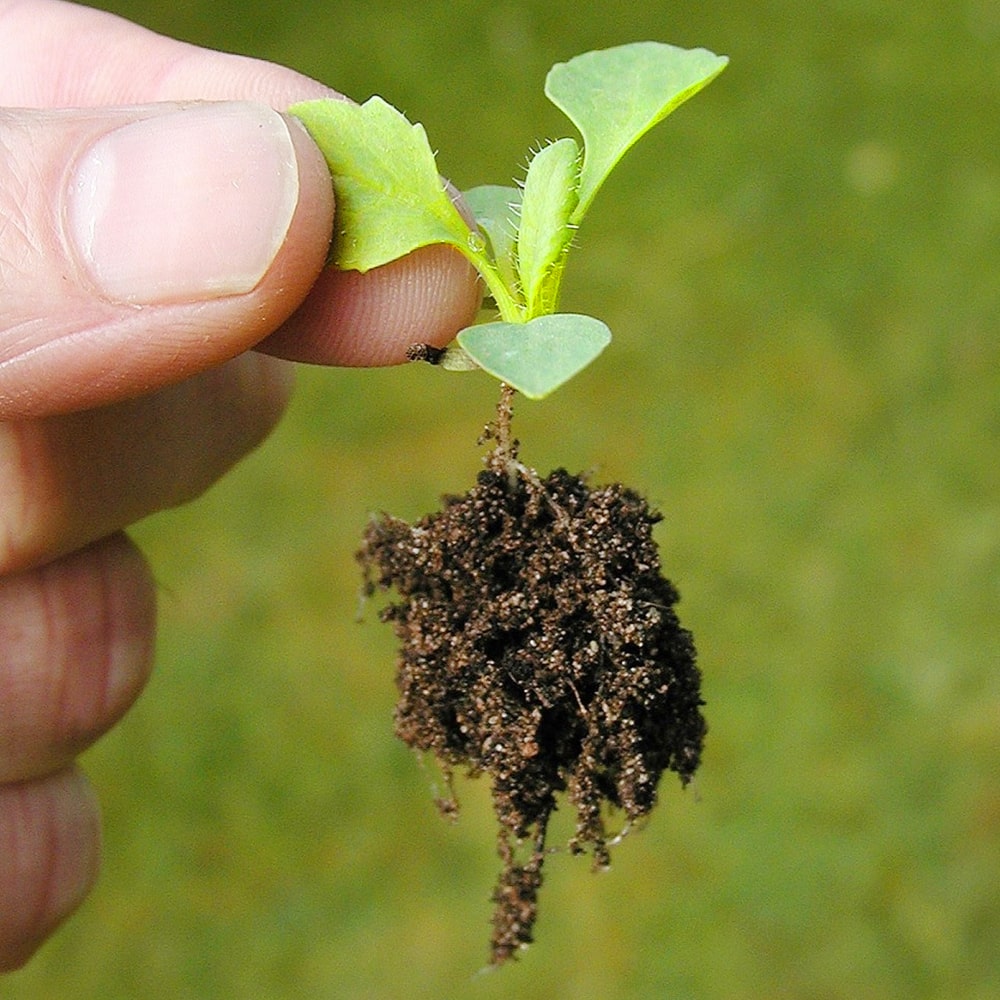
Stevia rebaudiana seedling before planting.
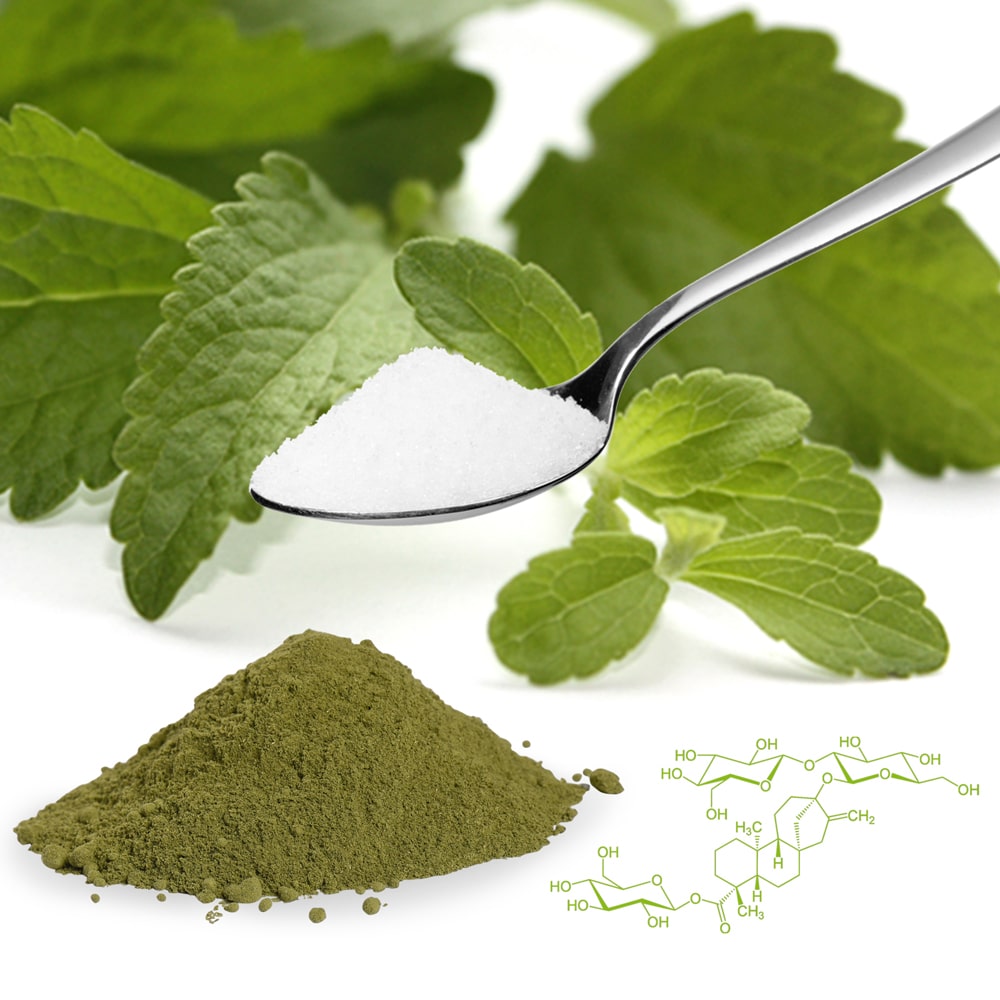
Stevia Leaf Extract Steviol Glycosides | Rebaudioside-A | Leaf Powder
Compared to untreated Stevia extract, the purified Stevia leaf extracts have a much clearer and more sugar-like taste due to this complex extraction and purification process. The purification is primarily required to ensure compliance with food and beverage safety standards.

Stevia approval | efsa | European Food Safety Authority
The production of Stevia
By definition, the steviol glycoside content of a highly purified Stevia leaf extract is at least 95%. It is commonly referred to as Stevia, but sometimes also as steviol glycosides, rebaudioside-A, purified Stevia leaf extract, high purity Stevia or Stevia extract. The FAO and WHO Joint Expert Committee on Food Additives (JECFA) regulatory bodies, Codex Alimentarius (Codex) and the European Food Safety Authority (EFSA), only approve the use of high purity Stevia extracts that meet this food specification.
Stevia is found in countless foods and beverages around the world, including teas, juices, flavoured milks, baked goods, yogurts, cereals, salad dressings, candies, and spices.